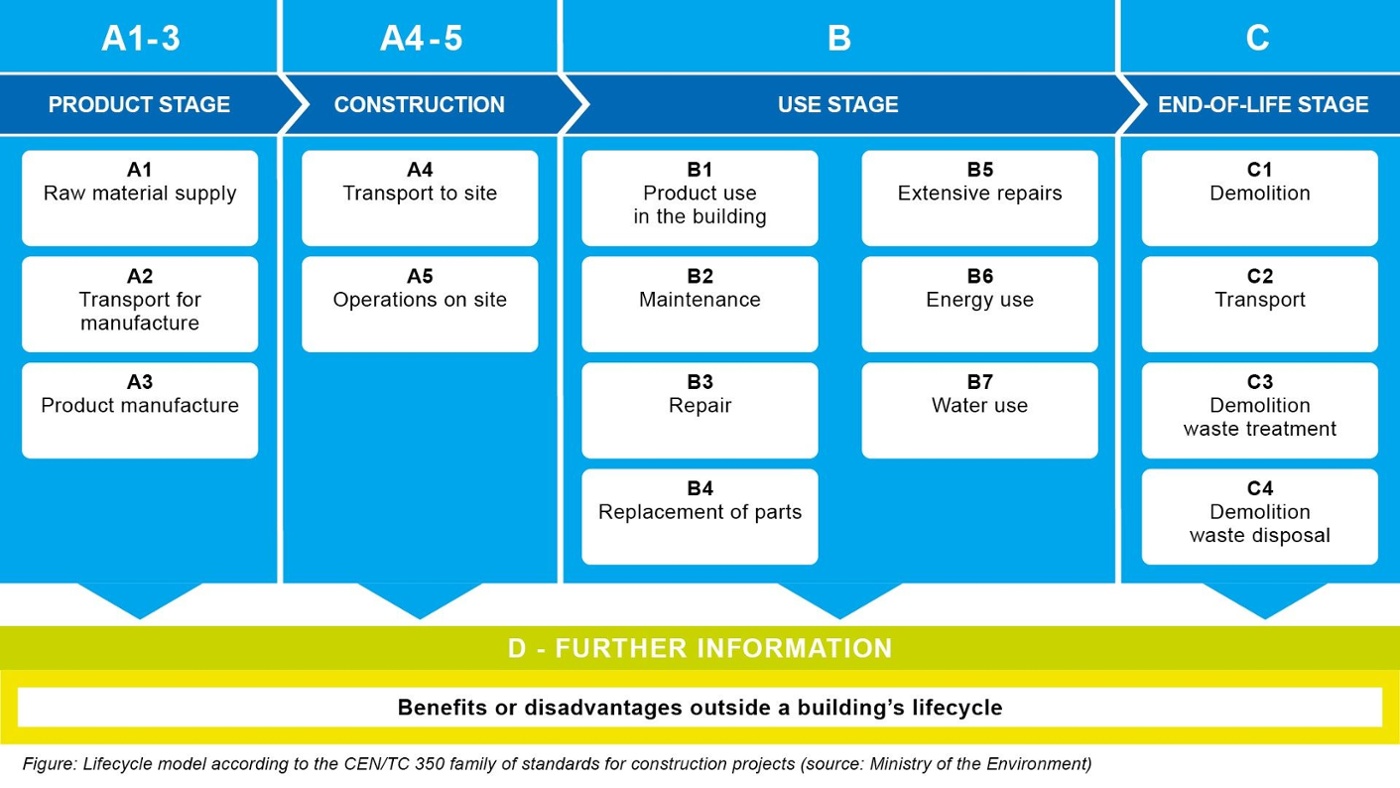03.09.2020
Listen to the blog
Buildings use almost 40 per cent of all energy consumed in Finland, and they cause more than 30 per cent of carbon dioxide emissions. There is a lot of pressure and expectations to reduce the energy consumption of buildings.
The starting point of the Finnish Ministry of the Environment is that the carbon footprint of a building during its lifecycle will be regulated by legislation by the mid-2020s. The goal is to have emission limits for all buildings by 2025.
Of Best-Hall’s major export countries, at least France and Norway will enact their own laws even before this. Furthermore, many vigilant customers want to move forward faster than the legal requirements. They have also found that a well-designed building brings not only emission reductions but also financial savings over its life cycle.
Attention shifting from acquisition cost to lifecycle
Traditionally, acquisition costs have been minimised in construction investments, without taking the entire lifecycle into account. This has often led to environmentally poor solutions.
Best-Hall is a pioneer in reducing the environmental impact of construction, and we want to help responsible developers planning construction to more easily determine the carbon footprint of their building and choose the most environmentally friendly solutions possible. For example, by investing in the building’s heating system during the construction phase, the money invested can be recovered many times over during the building’s lifecycle while significantly reducing emissions.

Calculation model for a building’s carbon footprint
We have now defined the principles for calculating a building’s carbon footprint during its lifecycle.
Over the past year, we conducted a comprehensive investigation to assess the lifecycle of Best-Hall’s various building solutions from the manufacture of raw materials to the demolition of the building. We conducted the investigation in cooperation with the Finnish company Bionova, which offered us, in addition to excellence, the One Click LCA calculation software for carbon footprint and other environmental impact assessment. The software is designed especially for the construction industry and includes a huge database on the emission effects of different building materials and forms of energy, among other things.
The investigation provided valuable information on the environmental impact of our buildings. The most significant factor in a heated building proved to be heating. Insulation and the choice of heating system have the greatest impact on lifecycle emissions. In an unheated building, material choices, structural solutions and emissions related to the manufacture of the product play a more significant role. The service life of the building is also an essential aspect: a durable and long-lasting building is often the most environmentally friendly choice.
.jpg?width=919&name=buildings_lifecycle%20(1).jpg)
Working together for the best results
Best-Hall is now fully prepared to help its customers meet future legal requirements. During 2020, we will deliver the first project-specific carbon footprint calculations to our most alert customers. In cooperation with the customer, we are able to support them in reducing the carbon dioxide emissions of their buildings by directing them to make environmentally friendly choices.
As a pioneer in building construction, we want to be actively involved in the development of the construction industry and in reducing the environmental impact of construction. We also utilise the calculation model in the development of our own processes and products. In fact, we have several internal projects underway to reduce the carbon footprint of Best-Hall’s own operations. For example, the district heat we use is now produced with wood energy, and the utilisation of steel is optimised by ordering prefabricated blanks for production.
Read more: How to find out your building’s carbon footprint
Interested in learning more about carbon footprint calculation? Contact us!
Yhdystie 3-7,
68300 Kälviä, Finland
Tel: +358 6 832 5000
info@besthall.com
Business ID FI01070190